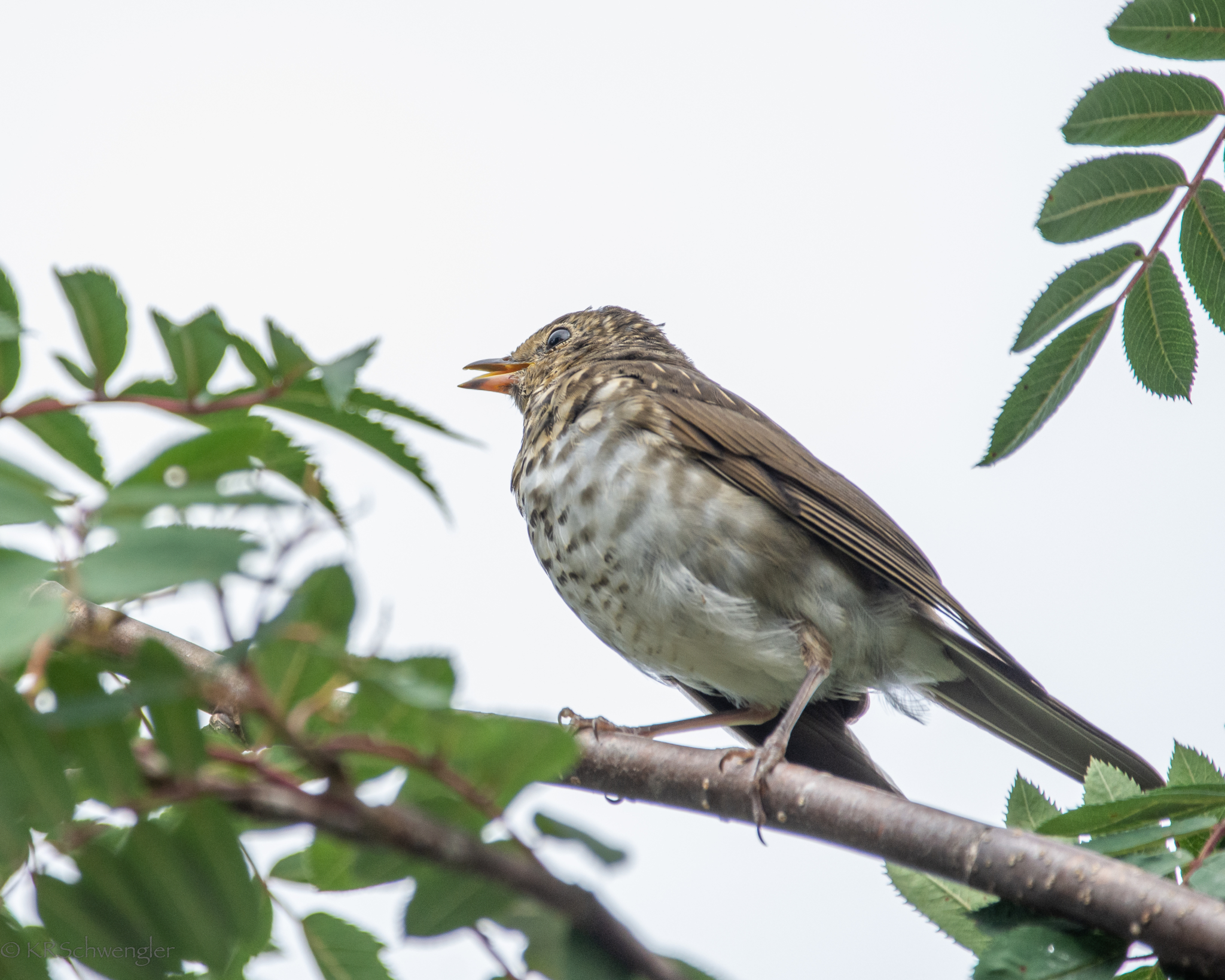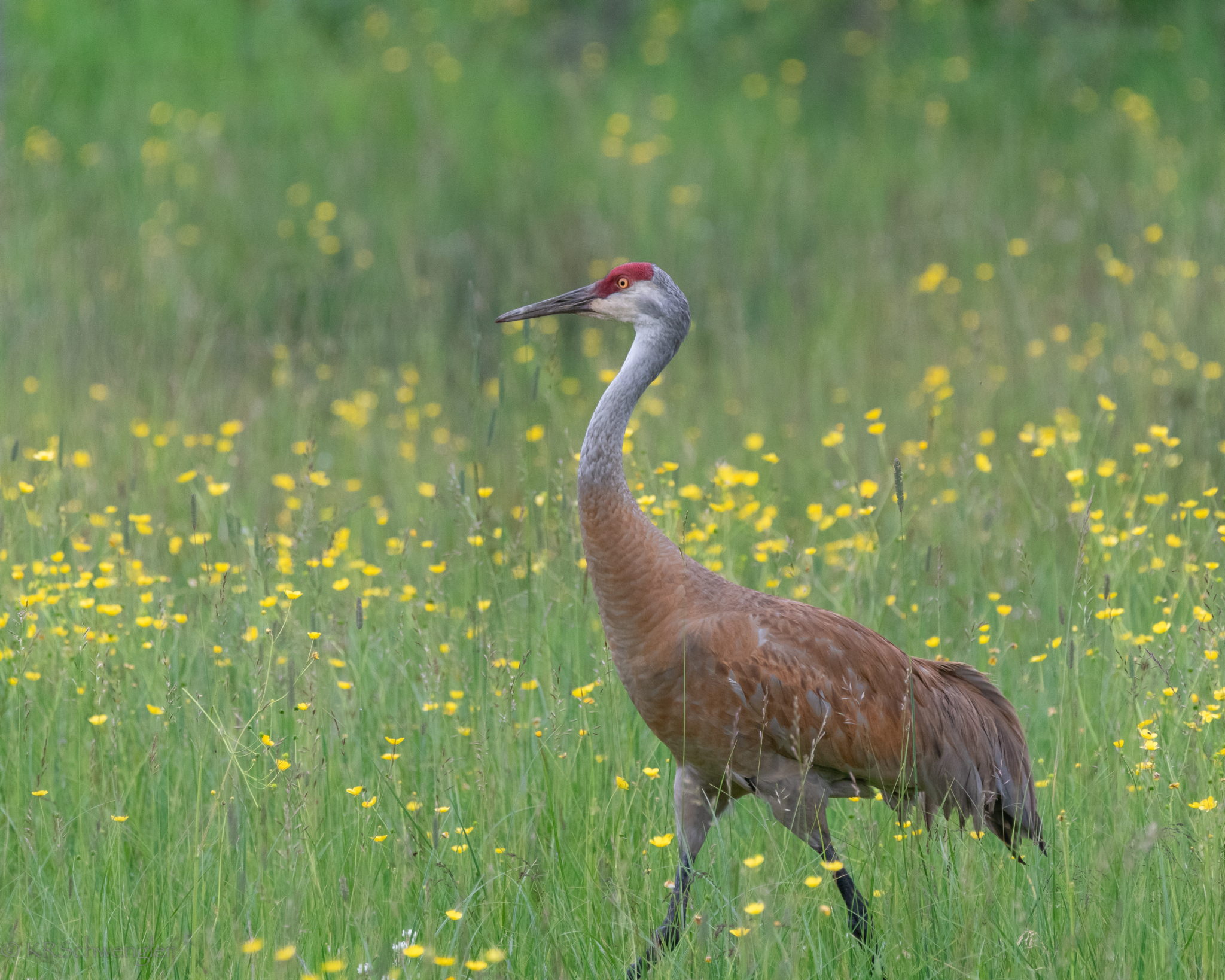Let’s Celebrate World Migratory Bird Day!
Why Celebrate Birds?
World Migratory Bird Day is celebrated on the second Saturday in May here in Canada.
It’s a day to get outside and marvel at our incredible winged neighbours, some of whom have
already arrived and more that will be arriving in the Drayton Valley area over the next three weeks from as far away as Argentina! Go for a walk, get a bird identification book or download some apps like Merlin and head out into your neighbourhood or discover trails in our local parks.
What is Migration?
Migration is a fascinating adaptation and can be defined as a periodic, large scale movement of a population of animals. Understanding the process of migration provides us with a new appreciation for our feathered friends! When you look a small songbird, discovering that it spent its winter in Ecuador or Costa Rica makes the birds so much more fascinating!
Why would birds leave their southern and tropical homes and head north to pair up, nest and raise a brood or two each year in our cool Canadian climate? Food for one! Canada boasts a lot of yummy insects, necessary for the survival of many birds – especially song birds and water birds. The exact triggers of migration are still a topic of research and are not conclusively
understood. A combination of changes – change in food supply, change in day length, changes in temperatures and genetics are all believed to play a role.
Crazy Facts About Bird Migration Patterns
What is known is that beginning in late March, more than 150 species of birds suddenly rise up into the air from as far as central South America, all heading north along flight pathways into northern U.S.A. and Canada. It is estimated that more than 5 billion birds move northward! Many of these are songbirds, flying 150 to 300 km per night. Birds use the stars and the Earth’s magnetic fields to orient themselves. Read more about migration at All About Birds.
On a cool side note, some research now suggests that birds can sleep while flying!
The current Guinness Book of Records holder is a 5 month old Bar-Tailed Godwit, that flew
from Alaska to Tasmania in 11 days and 1 hour, travelling 13, 560 km! (This particular bird was wearing a satellite tag).

Swainson’s Thrush – This long distance migrator flies from mid South America to our area. Although appearing less colourful in plumage, they have a spectacular, fluty, ghost like song! Photo by KRSchwengler
Before they leave on these journeys, they prepare by eating a lot! Long journeys are exhausting and dangerous! Window strikes on residential windows and tall buildings, windmills and communication towers, finding enough food along the way, cats and natural predators all have an impact whether these birds can reach their nesting grounds. Migrating birds often arrive before daylight, exhausted and hungry.
What Can You Do to Ease the Dangers of Migration?
You can help them by providing a safe haven. Refrain from having too many lights on during migration,
use stickers or tape on your windows so birds don’t die from striking the window, keep your cats indoors and don’t cut down trees with nest cavities or twig nests!

Example of decals applied to window to prevent bird collisions (www.featherfriendly.com)
Let’s celebrate World Migratory Bird Day right here in Drayton Valley!
You can join us for our Hello Birds! Series of Events!
We have several family friendly, free activities!
- Knock Knock! Hooo’s There? Tracking Owls in Alberta presentation on May 6
- Learn & Bird Night on May 9
- Early Bird Walks on Wednesdays, beginning May 21, from 7am to 8am at various trails
- 8th Annual Eagle Point Bird Count on May 10 – Citizen Science in Action! Last year, over 30 volunteers counted birds for the Eagle Point team to set a new record for our area of 107 species in a 24 hour period!
Find out more about our nature based May and June events by visiting our website. Our owl presentation and Bird Count require registration. Visit www.epbrparkscouncil.org/event/hello-birds-2025/




